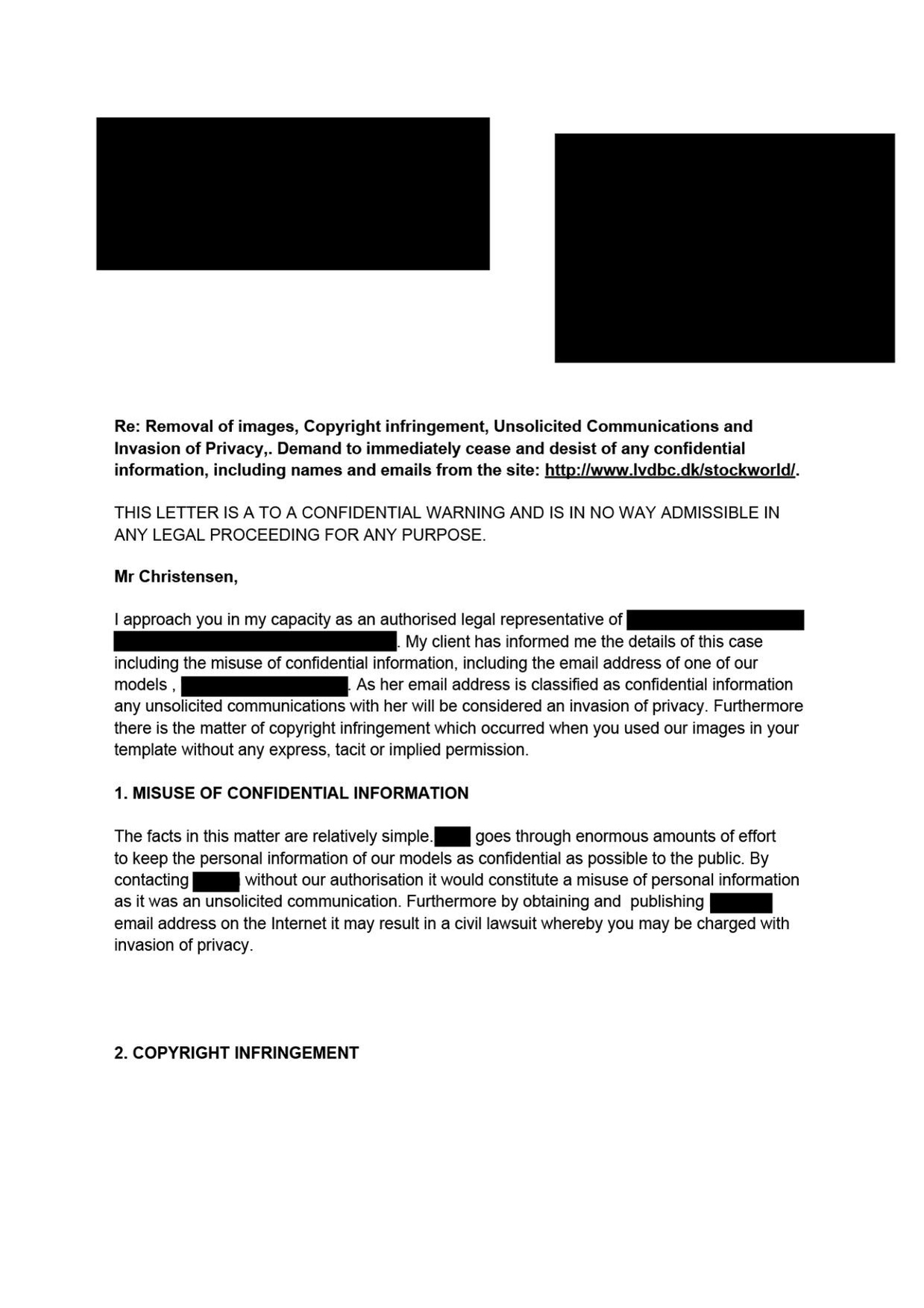User:Lassebosch/reading writing methodologies/previous projects
I) Stock Footage Designer
What/How
The Stock Footage Designer (SFD) is a web-based presentation-tool.
First-time-visitors are met by a guided instruction and a tour-video, providing an example of how the tool works.
SFD functions in a browser-window, which, split into pieces, consists of a large black background acting as a 'canvas' for the eventual presentation, and a smaller white box providing two search-fields; one for a sound-feed, the other for a video-feed.
While the sound-feed streams audio from Youtube, the video-feed streams video-clips from the online stock-image/footage giant; Shutterstock.com.
Once a desired audio-track has been found, for instance a piece of music or an annual product speech, the user can start adding appropriate video-clips found trough the video search-field. This is done by searching one or several 'tags' such as; 'happy' 'dancer' 'jumping'. It is possible to add multiple videos.
If available the searched video-clip appear below the white search-box, in a small window which, across the canvas, is 'moveable' while also being 'rescale-able' and 'close-able'.
Collected these options allows the user to compose/design a fluid, interchanging presentation responding to the audio.
Why
SFD explores the phenomenon of stock-photography/stock-footage in an open and unbiased fashion. Visitors are left to make their own opinion, but the tool raises central themes within the nature of the phenomenon. Amongst these would be; the notion of the universal/generic, the widespread and heavy use of stock-media (we immediately recognize these video-clips/photos), the seemingly likewise characteristics of stock-media, and their influence on visual culture.
To what degree did the work succeed/How Could it fail?
The goal of the project was not to produce a final product or concept, but rather to approach the phenomenon of stock photography in a free and research oriented manner. SFD turned out to be a more developed idea of a test conducted in duration of the project. Rather than dictate an 'answer' the project took a seemingly suggestive stance.
The project succeeded in terms of the various material produced during three months - SFD being a part of it. My knowledge was expanded, while I also developed a deeper and nuanced personal opinion of the topic.
Further the project also intended to push/provoke our view on photography also provoking figures in the stock-photography-business (which indeed succeeded - see below)

II) Elementary - Font design
What/How
A typographic project conducted during a 3-week-workshop. The result was a font based on two kinds of geometry: the circle and the line and various degrees 'between': a quarter circle, a half circle, a three quarter circle, a dot, a short line, a long line, etc.
These very basic parts shapes a modular system that would configure in a fixed frame, constituting a so called mono-spaced font; a font in which each letter has a fixed-width. For example this would mean that the letter 'M' is of the same width as the letter 'I'.
All parts was cut into stencil-forms, and by painting trough the stencils a physical construction and continuous tangible experimentation of the font emerged, limiting it self to the rigid frame of the system.
Why
The theoretic research within this project was non-existing, but some considerations emerged:
The limit of the predefined shapes and the fixed frame pushed the perception of letters and typography closer to its core. In a constructivist spirit, I could ask myself; what shapes a letter and when does a composition of forms become a letter?
To what degree did the work succeed/How Could it fail?
The project had a very limited time span, and theory-vise I saw myself in unexplored territory. In this manner the project failed. In a more practical sense the project allowed a short compositional and 'material' training - again taking on a research-oriented approach.
III) What are the common concerns of I) & II)
Common for both projects is a notion of wanting to explore unlike phenomenons. Mostly I enter the field with low or no knowledge but a feeling or interest within given topic.
Often I don't seek final answers, either in fear of being 'wrong' or prescriptive. Furthermore the answers are not as interesting as the exploration/process which leads to an ending goal.
